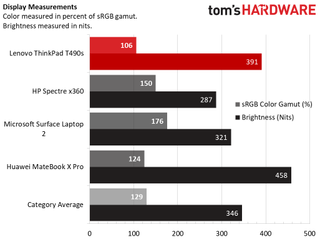

The three approaches described in the previous section are used as the independent variables. The experiment follows an independent measures design to allow players adapting to the respective keyboard. In the following we describe the design of the experiment, followed by the results, and a discussion of our findings.
KEYSTROKES PER SECOND TEST UPDATE
The game was published as an update to the Android Market after integrating the three approaches. We conducted an experiment to analyse the effect of the proposed approaches. Figure 8 shows the keyboard after the user just tapped on the ’f’. We refrain from showing former touch positions or the movement of the finger to keep the visualization as simple as possible to increase the understandability and minimize the obtrusiveness.

Thereby, the dot always shows the last touched position. The dot follows the touch events until the finger lift-off again and remains at this position. A small red dot appears as soon as the user’s finger touches the screen. The third approach tries to inform the user about the touched position in an unobtrusive way. Figure 7 shows the difference between the default and the elevated labels. As the labels’ shift only depends on the device’s resolution, it only roughly approximates the skew we found in the previous section. for the Optimus One the labels are shifted by 11 pixels towards the top of the screen, the same amount of pixels that players touches are skewed towards the bottom of the screen. The centre of the labels is shifted from the centre of the key to the upper third of the key depending on the device’s resolution. To maintain the labels’ font size and leave room for larger upper case characters the labels are only slightly shifted. The labels are either shifted to the upper part of the keys (’elevated labels’) or not (’default labels’).


 0 kommentar(er)
0 kommentar(er)
